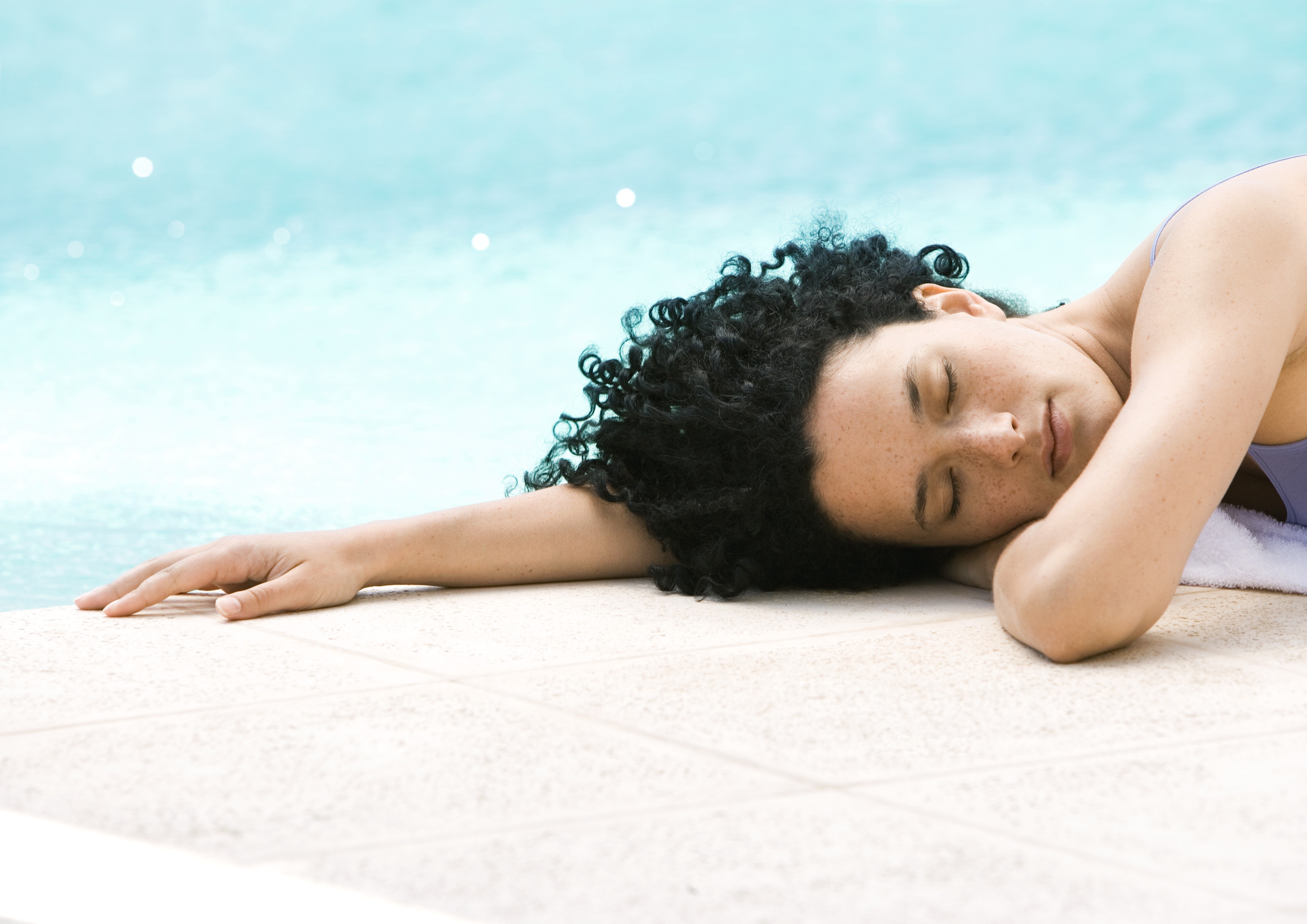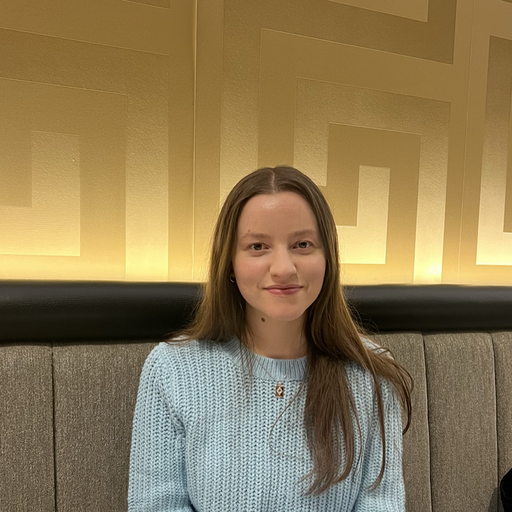What is the Sleep Visualization Method and why do so many experts recommend it?
The Sleep Visualization Method helps you fall asleep faster — here's how

The Sleep Visualization Method is a long-standing relaxation technique that's backed by science. But what is sleep visualization and how does it work? Here, we explain everything you need to know about this time-honoured sleep method and how you can incorporate it into your bedtime routine.
The good news is that, unlike searching for the best mattress for you or cutting down on screen time, the sleep visualization costs nothing and requires very little effort. If you've ever been urged to 'go to your happy place' during a moment of stress, you're already semi-familiar with it.
In short, the Sleep Visualization Method is a relaxation technique that can help you fall asleep faster. Here, we'll outline exactly what it is, why it works, as well as include some helpful visualization prompts to help you get started. If you think something else is the source of your restless nights, we've taken a look at how light pollution can keep you awake.
- Is it possible to fall asleep in 10 seconds? Experts say yes — but there's a catch
- What is the 5-4-3-2-1 method and how can it help sleep anxiety?
- Cognitive Shuffling helps me fall asleep fast — here's how it works
- 3 quick ways to sleep fast come day or night— no sleep aids required
What is the Sleep Visualization Method?
"Picture yourself lying on a calm, golden beach..."
Simply put, the Sleep Visualization Method is a type of guided imagery that's closely linked to meditation and hypnosis. It involves imagining yourself in a peaceful setting or scenario, creating calming mental images that help you unwind and eventually fall asleep. Often, it's accompanied by breathing exercises, like the 'alpha bridge' method or the 4-7-8 method.
This simple sleep hack is one of the oldest tricks in the book, dating back to Ancient Greece when Hermetic philosophy documented how mental images could be used as a powerful tool for sleep. Today, visualization is often incorporated into guided sleep mediations and popular sleep methods. The Military Sleep Method, for example, instructs you to picture yourself lying in a canoe on a calm lake under a clear sky.
Does visualization work for sleep?
A study by the University of Oxford found that, unlike the other classic sleep technique of counting sleep, visualization really does help you nod off The study on insomnia discovered that subjects who performed an imagery task, such as imagining or remembering a meadow, waterfall, or sunny afternoon, fell asleep faster than the other two groups. They also found that this particular group had the least amount of troubling thoughts or worries

How does visualization for sleep work?
The study found that the group who used visualization tasks went to sleep quicker, but what was the reason behind this? The study concluded that the success of the "imagery distraction" task is attributed to it taking more cognitive energy than more basic distraction tasks. In short, it required a good amount of mental control and distracted the subjects from worries and stressful thoughts that they've gathered throughout the day.
How to use the Sleep Visualization Method: 3 best prompts
1. Imagine or remember a peaceful setting or scenario
As seen in the aforementioned study, remembering or imagining a pleasant scene can be enough to help you fall asleep. The subjects in that particular study were told to imagine or remember one of four things: a meadow, a waterfall, a holiday, or a sunny afternoon in the summertime.

However, you don't have to limit yourself to these four images. It can be as simple as picturing your favorite room or remembering a nice, relaxing walk. Notice as many sensory details as you can, such as any living creatures present, time of day, the colors, the temperature, textures, and sounds.
2. Pretend you're in a canoe or a pitch-black room
This one is courtesy of The Military Sleep Method, which instructs you to relax your body and facial muscles and inhale and exhale but also instructs you to imagine a warming sensation washing over your body while picturing one of the following scenarios: lying on your back in a canoe of a tranquil lake below a clear blue sky or lying in a black velvet hammock in a pitch black room. You can read our Military Sleep Method guide if you want to perform the method in full, but you can also use these scenarios if you need a visualization prompt.
3. Guided sleep visualization mediation
If you need help creating a vivid mental image, then you can always use guided imagery videos, which can help guide through the visualization. These videos feature a soothing voice instructing you on what you should imagine next. There are plenty of free guided mediation videos online. Some last hours, some last minutes — it alll depends on what works best for you.
Here's a 5-minute video recommended by the University of Nevada's counselling services which helps you to visualize a relaxing beach holiday:
Sign up to get the BEST of Tom's Guide direct to your inbox.
Get instant access to breaking news, the hottest reviews, great deals and helpful tips.

Frances Daniels is a PPA-accredited journalist and Sleep Staff Writer at Tom's Guide with an MA in Magazine Journalism from Cardiff University. Her role includes covering mattress and sleep news and writing sleep product reviews and buyer's guides, including our Best Hybrid Mattress 2025 guide. She is hugely interested in the relationship between good sleep and overall health, interviewing a wide array of mattress and sleep experts to create well-informed articles about important topics such as nutrition, sleep disorders (from sleep apnea to night terrors), lucid dreaming, sleep hygiene, and mattress care. She is also our specialist on mattress toppers — producing mattress topper reviews and taking care of our Best Mattress Toppers 2025 guide — and takes the lead on all content related to fiberglass-free mattresses for a clean, non-toxic sleep. Outside of Tom's Guide, she has written for Ideal Home, Homes & Gardens, and Marie Claire.
